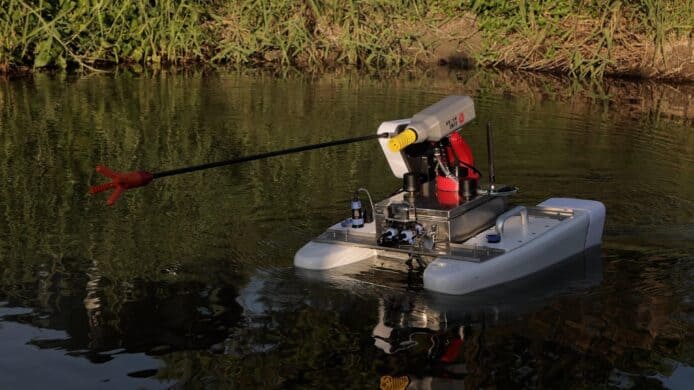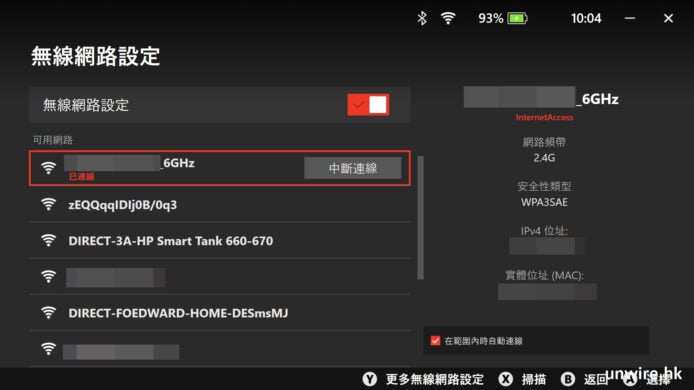The Maersk Group is a worldwide conglomerate operating in more than 130 countries with a workforce surpassing 89,000 employees. Owning the world’s largest container shipping company, Maersk is involved in a wide range of activities in the shipping, logistics and oil and gas industries. Due to Maersk’s breadth of business channels and global reach, it required an integrated system to manage its various data centers across the world for seamless flow of information.
To achieve a modern, standardized and integrated system, Maersk implemented a public cloud strategy using Microsoft Azure. The goal for this cloud virtualization process was to address the challenges Maersk was facing during its growth cycles and the need to adapt to the evolving digital environment. These challenges included existing stability concerns, dated legacy hardware and software, data center limitations and undocumented, inefficient performance practices. For the company, this was more than an infrastructure change it was a new model with new challenges. It would require an adjustment in mindset, a culture shift and a significant time investment.

The inspiration to implement Azure came when Maersk’s Leadership team visited their data centers in Asia, where they witnessed some of the challenges of handling vast amounts of data information. In moving their on premise servers to Azure, Maersk needed a security solution that would give them visibility and management from a single console. They realized that moving to a hybrid public and private cloud environment would improve their effectiveness by providing streamlined execution processes, stable and uniform systems, additional platform support and easy user interface for customers and employees. To increase cloud network visibility and protection against security threats, Maersk incorporated Trend Micro Deep Security to strengthen its security measures.
“Deep Security has helped improve the security positioning on our Azure cloud-based servers,” said Steve Moore, security manager at Maersk. “We primarily use the Intrusion Prevention Module, which provides virtual patching to many of the applications we transitioned to Azure. We also use the log monitoring and integrity monitoring modules to increase our visibility.”
The integration with Trend Micro Deep Security on Maersk’s Azure cloud platform resulted in several security and hybrid cloud benefits, including:
Visibility across their physical and cloud environments A much more stable system and standardized environment on a supported platform Analysis of security incidents from one central, unified location Decreased time invested to analyze data Real-time alerts for file integrity changes Establish compliance in a streamlined and cost-effective manner Efficient internal communication due to the holistic, single platform solutionThroughout its cloud migration transition, Maersk’s information security team learned:
The prevalence of Shadow IT that is already occurring in many organizations The importance of understanding the cloud shared responsibility model Moving to the cloud is a shift in mindset, not just hardware The cloud moves quickly; educating and training your employees is critical Work with partners who are at the forefront of cloud evolutionSimilar to Maersk’s Azure migration, Deep Security is designed to protect virtualized environments, as well as physical and cloud servers, driving optimization in both security performance and visibility from a single platform. This enables customers like Maersk to operate more efficient and effective data centers.
Clickhere to learn more about how Trend Micro Deep Security delivers security results combined with the Azure platform.



















